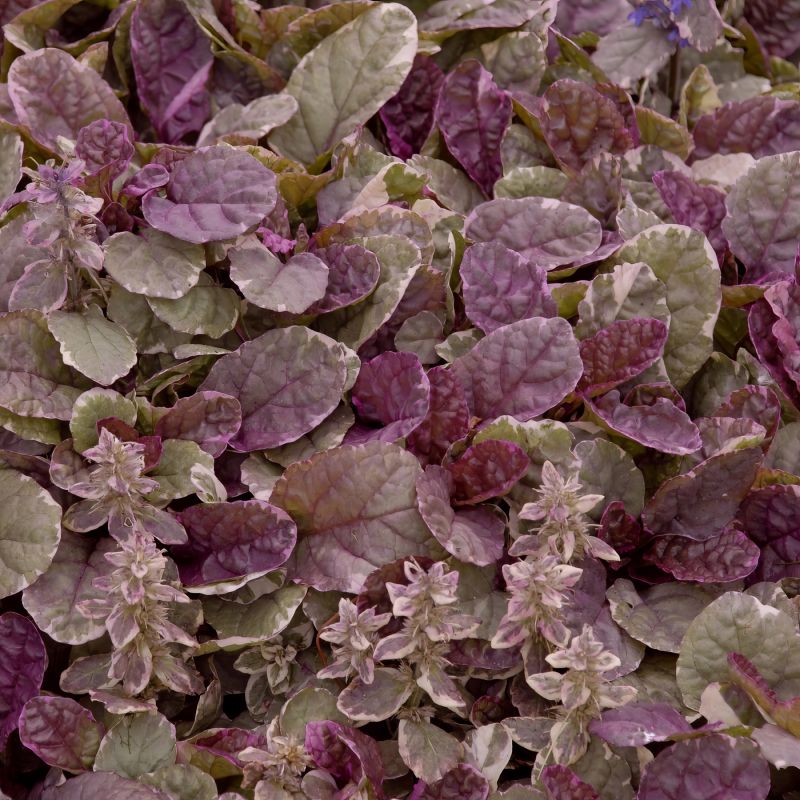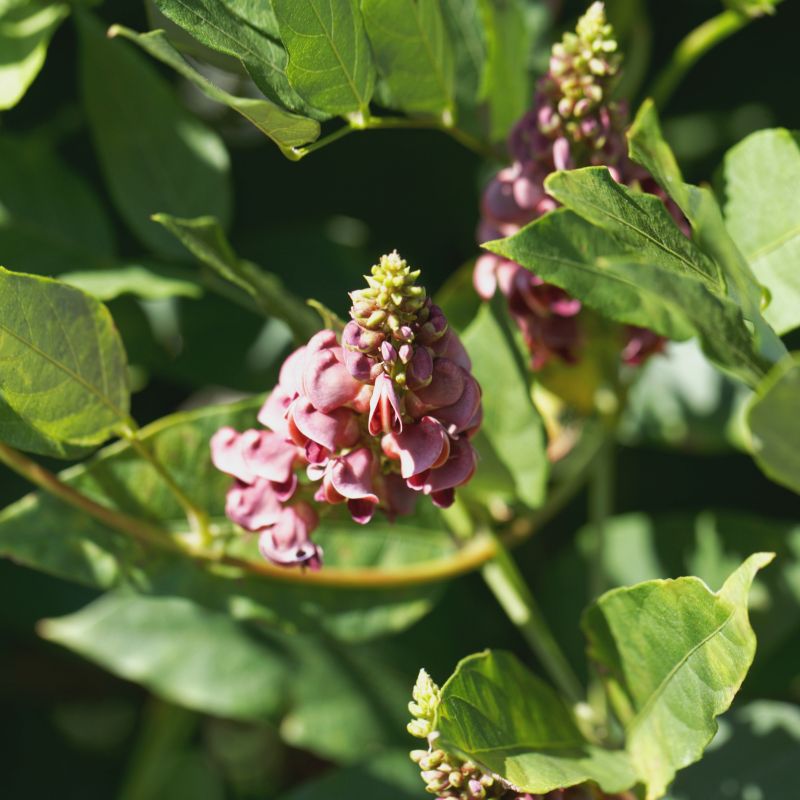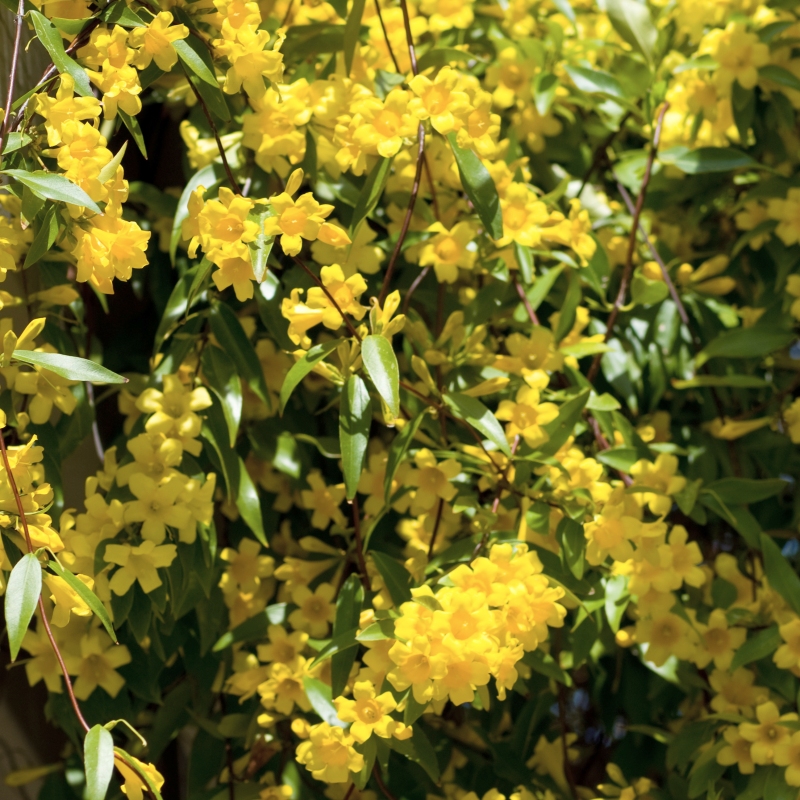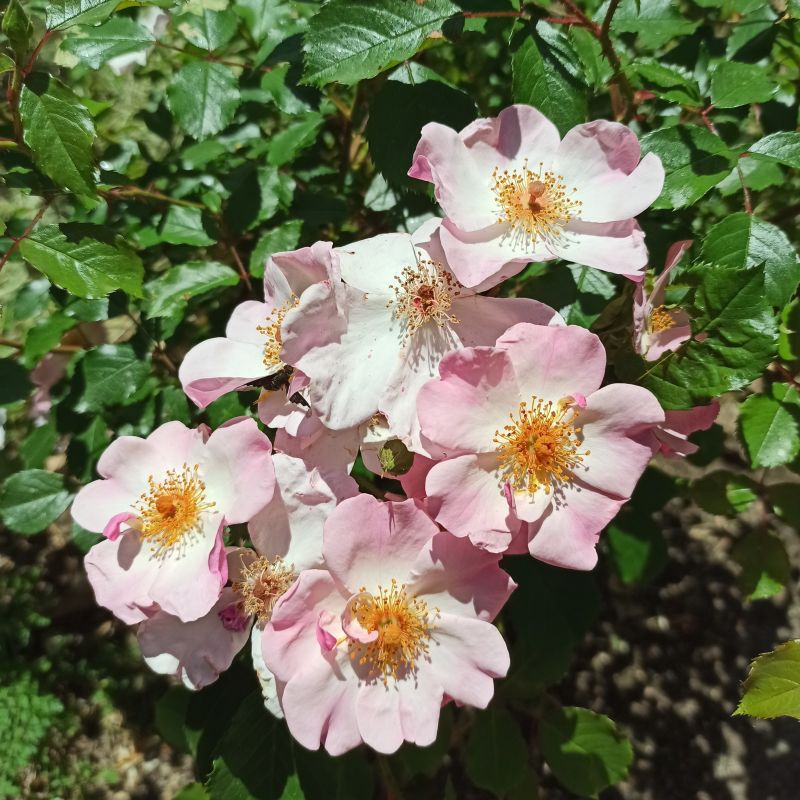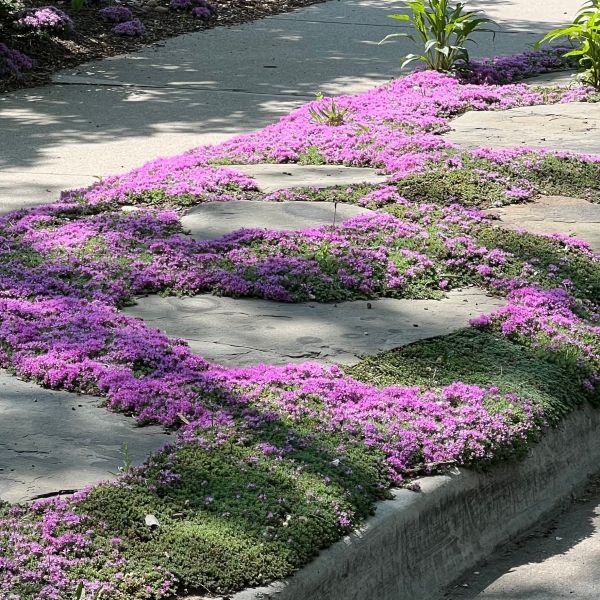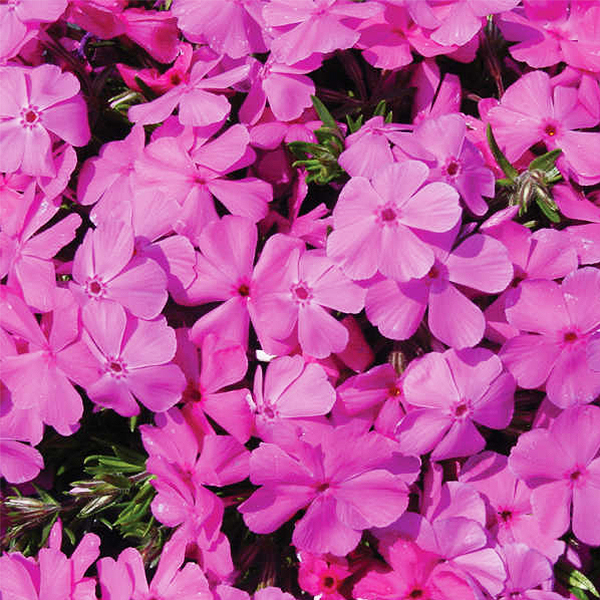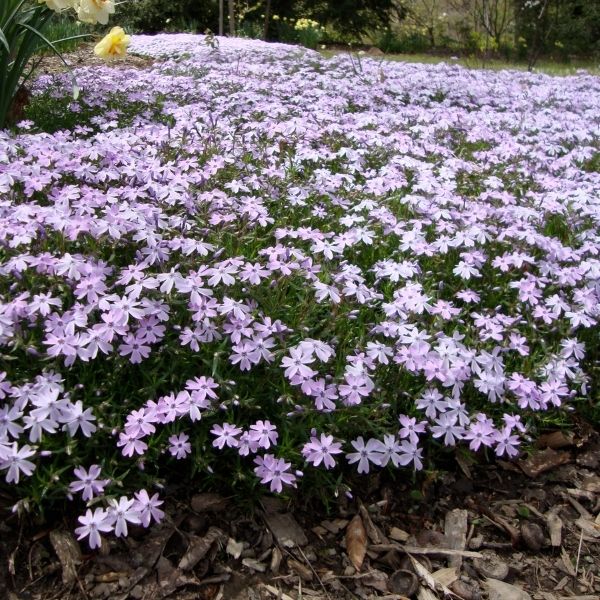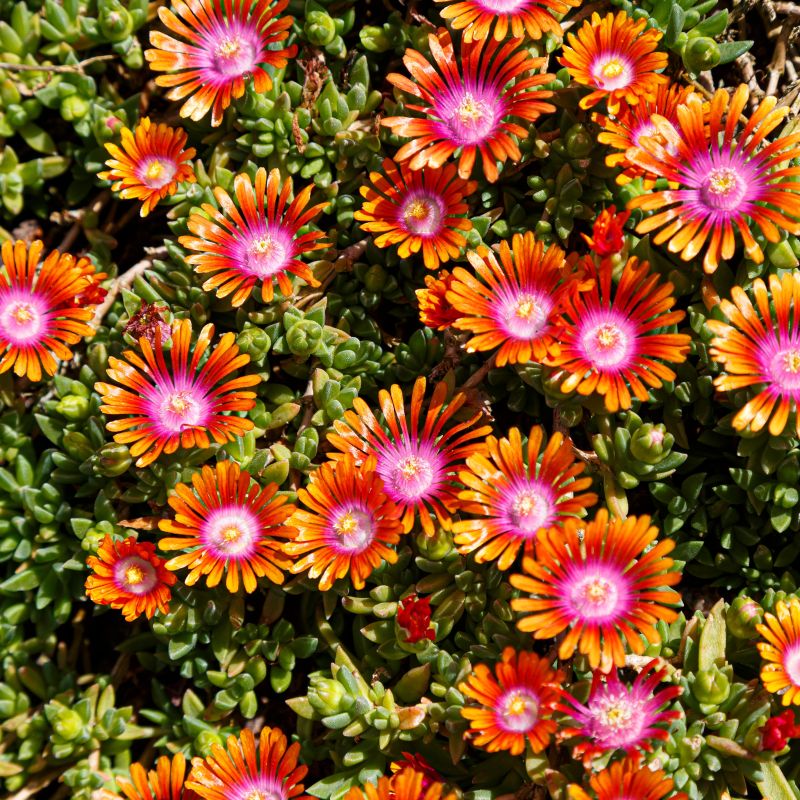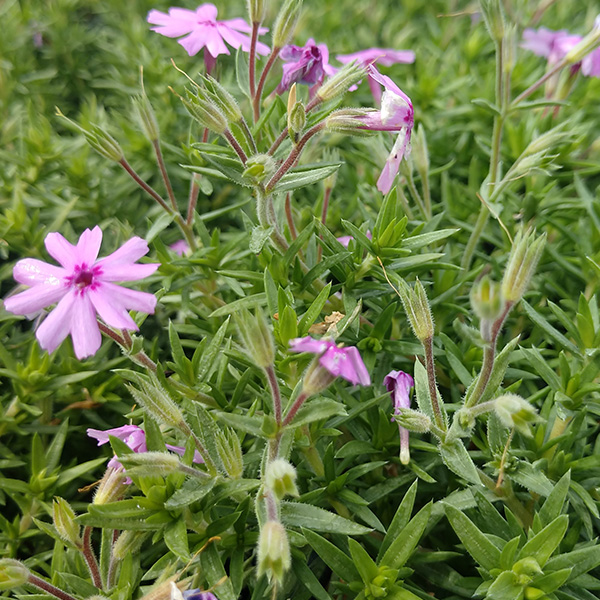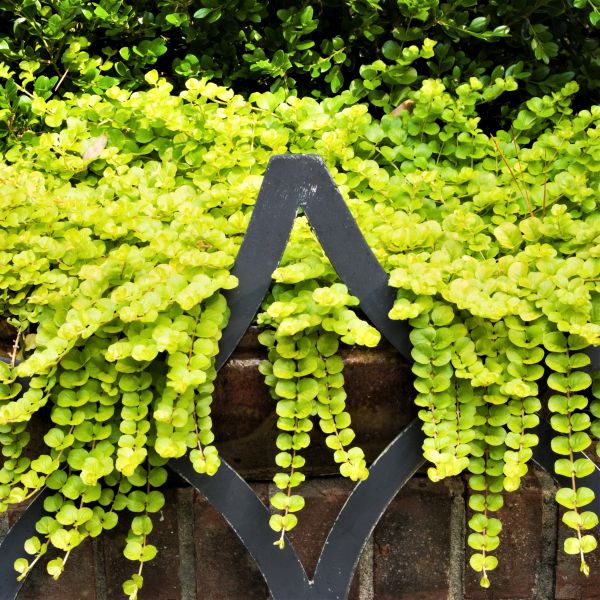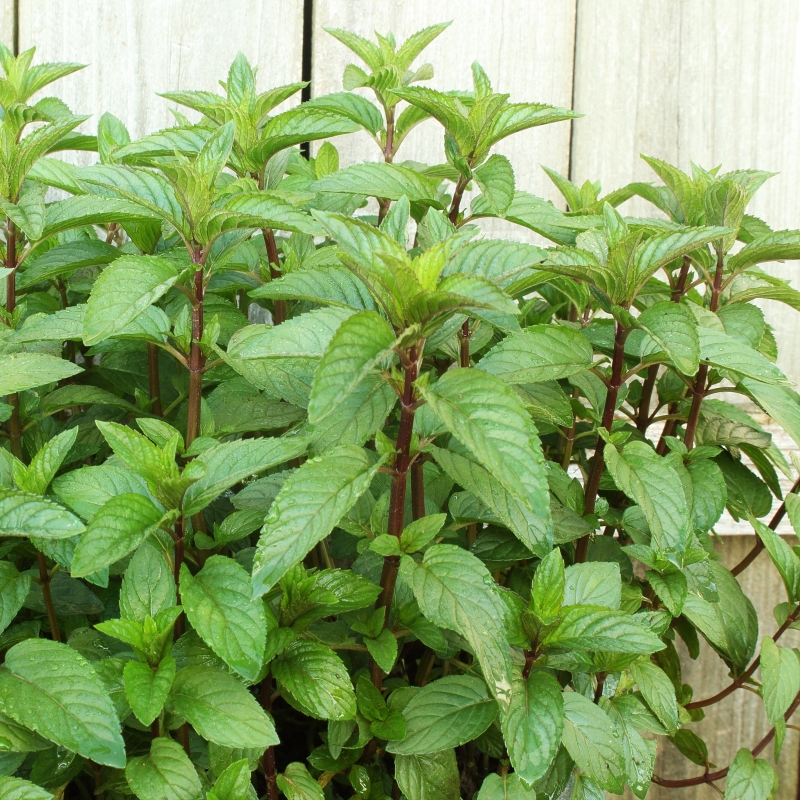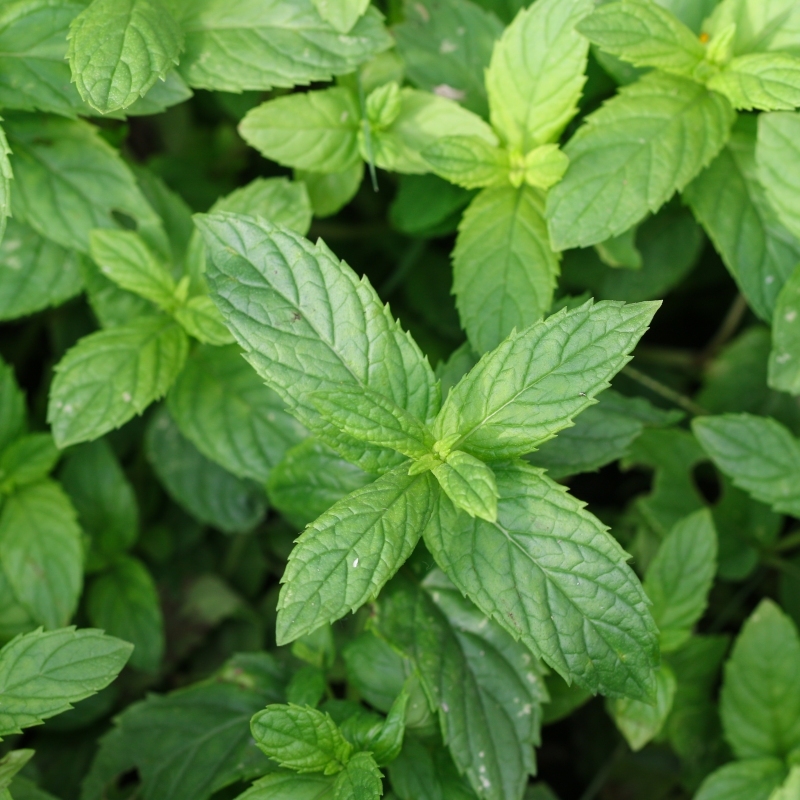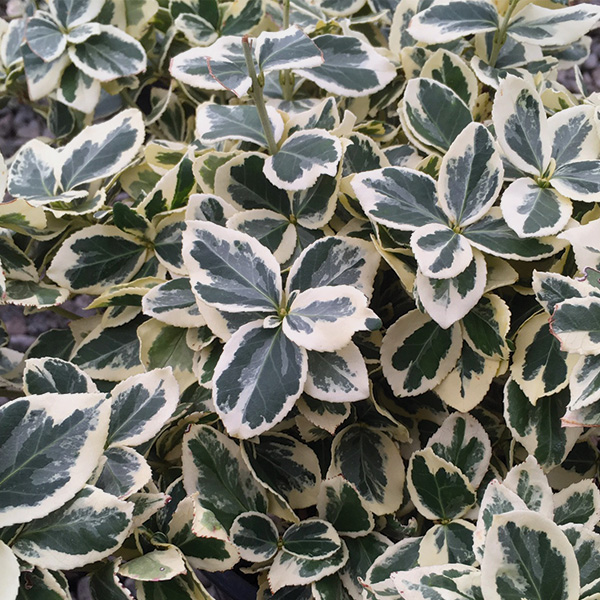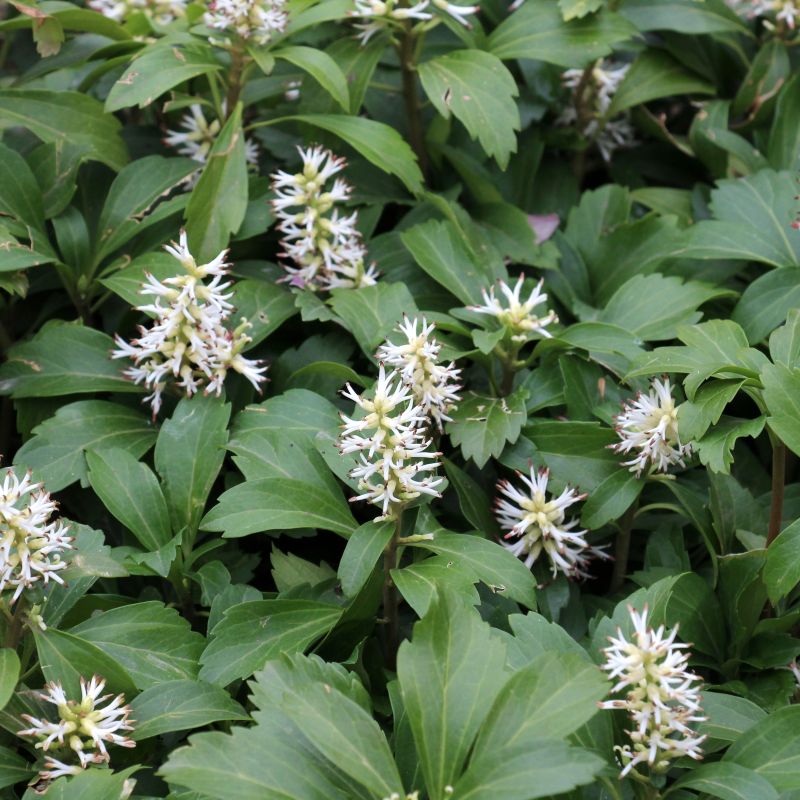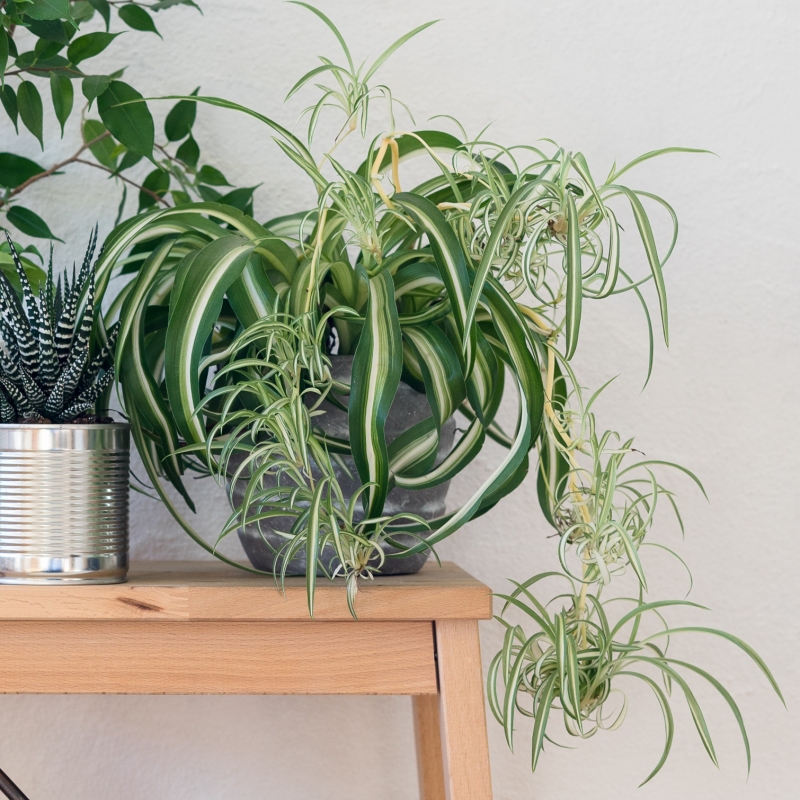
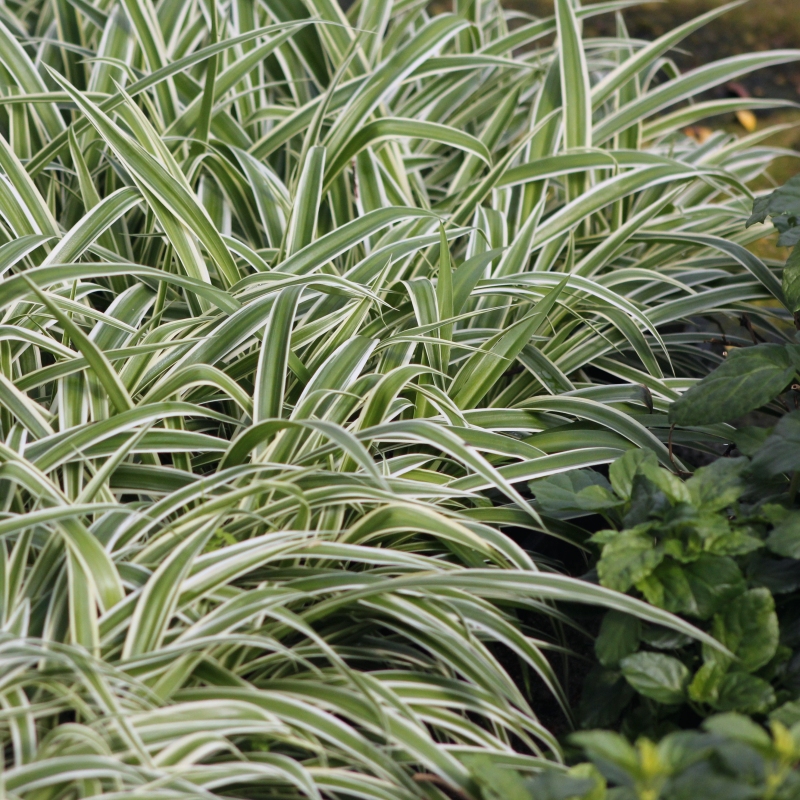
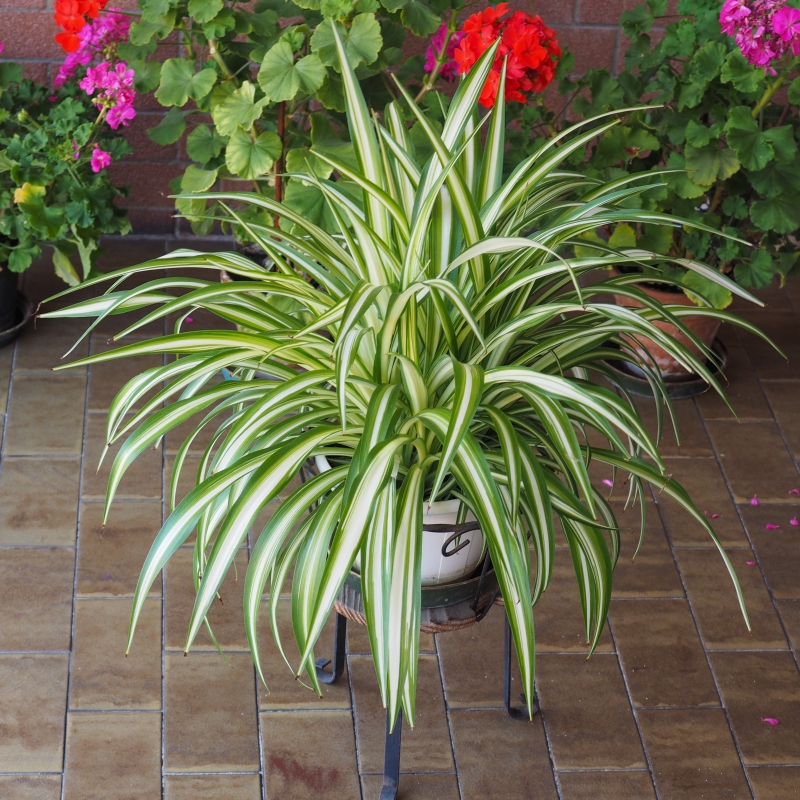

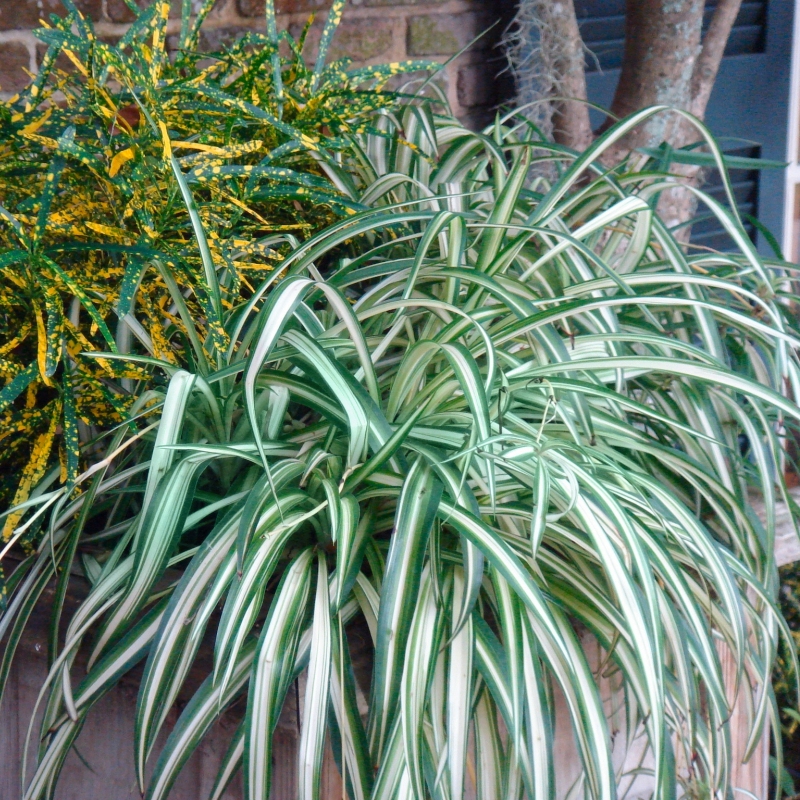
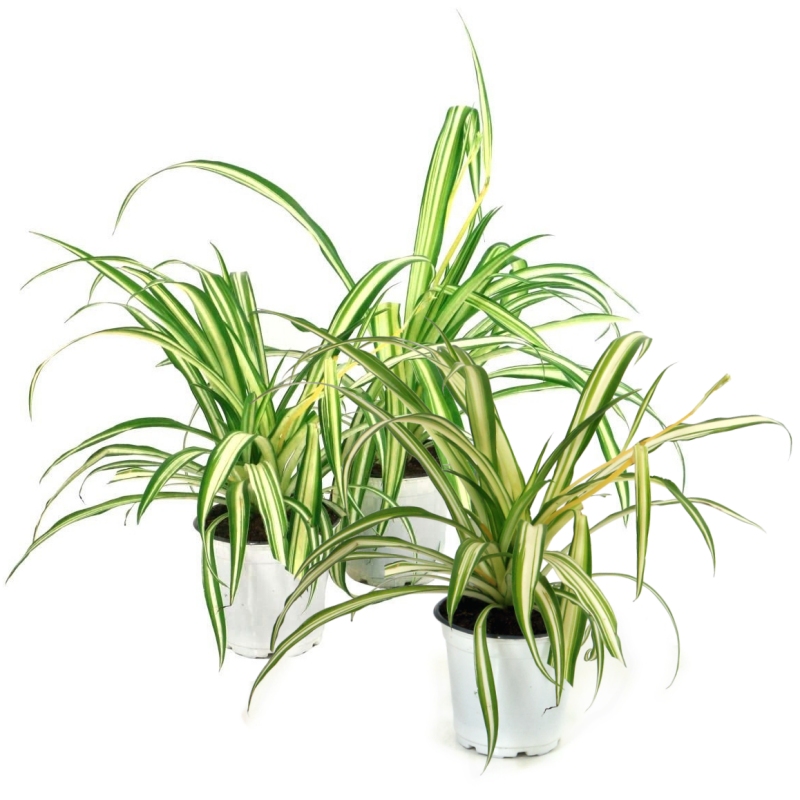
Spider Plant
Chlorophytum comosum
15 reviews
Spider Plant
Chlorophytum comosum
15 reviews
- 6 Inch Container
- 5.5"
- 4", 3 Pack
We are sorry, product is currently out of stock due to seasonal availability. Please check the "Related plants available in your area" section below
Not just beautiful - intentionally selected by ShrubHub's 3D landscape design team to fit real-world spaces and maximize yard potential.
Why Spider Plant?
Spider plants are popular houseplants known for their green and white striped leaves and ability to thrive in a variety of conditions. They are easy to care for, require minimal water, and can tolerate low light. Spider plants also produce offsets, or "babies," that can be propagated and grown into new plants. They are known to help purify indoor air by removing toxins such as formaldehyde and xylene.
Related plants available in your area
Sunlight
Spider plants prefer bright, indirect sunlight but can also tolerate low light conditions. They should be placed near a sunny window that receives filtered light throughout the day. Avoid direct sunlight as it can cause the leaves to burn or fade.
Watering
Spider plants have low to moderate watering requirements. They prefer slightly moist soil but can tolerate periods of drought. Water when the top inch of soil feels dry, and be sure not to over-water as this can lead to root rot. A good rule of thumb is to
Fertilizing
Spider plants do not require a lot of fertilizer. A balanced, water-soluble fertilizer can be applied once every 2-3 months during the growing season (spring and summer). It is important not to over-fertilize as this can harm the plant.
Spider Plant (Chlorophytum comosum)
The Spider Plant, also known as Chlorophytum comosum, is a popular indoor plant known for its long, arching leaves and small white flowers. This plant is easy to care for, making it a great choice for beginners or those with a busy lifestyle.
Spider Plants are resilient and can thrive in a variety of conditions, from bright, indirect light to low light. They prefer well-draining soil and should be watered when the top inch of soil feels dry to the touch. Over-watering can lead to root rot, so it's best to err on the side of underwatering.
One of the standout features of the Spider Plant is its ability to produce "baby" or "pup" plants that grow on long stems, known as runners. These pups can be easily propagated by planting them in soil or water, making Spider Plants a great option for those looking to expand their indoor plant collection.
Spider Plants are also known for their air-purifying qualities, helping to remove toxins from the air and improve indoor air quality. With their unique look and easy care requirements, the Spider Plant is a popular choice for adding a touch of green to any home or office.
Plant Information:
| Botanical Name: | Chlorophytum comosum |
| USDA Zones: | 9 - 11 |
| Water: | Regular Water in Spring and Summer, Dry Side in Winter |
| Exposure: | Full Sun |
| Soil Needs: | House Plant Mix |



Pollination Info
Spider Plant (Chlorophytum comosum) Pollination Information
The spider plant (Chlorophytum comosum) is primarily a houseplant that is known for its air-purifying abilities and the ease of care. However, when grown outdoors, spider plants can also produce small white flowers that eventually turn into baby spider plantlets.
Pollination Process:
Spider plants are typically pollinated by bees and other flying insects. The small white flowers produced by the plant contain both male and female reproductive parts. When a bee or other pollinator lands on the flower to collect nectar, pollen grains stick to its body. The pollen is then transferred from flower to flower as the pollinator moves around, leading to fertilization and the development of seeds.
Signs of Successful Pollination:
If pollination is successful, the white flowers of the spider plant will wither and small green berries will begin to develop in their place. These berries contain seeds that can be harvested and planted to grow new spider plants.
Factors Affecting Pollination:
Factors such as the availability of pollinators, weather conditions, and plant health can all affect the pollination process of spider plants. Providing a healthy environment with adequate sunlight and water can help attract pollinators and increase the chances of successful pollination.
FAQ
Spider Plant (Chlorophytum comosum) FAQ
1. What is a Spider Plant?
A Spider Plant, also known as Chlorophytum comosum, is a popular houseplant known for its long, cascading foliage and air-purifying properties.
2. How do I care for a Spider Plant?
To care for a Spider Plant, place it in a bright, indirect light spot and water it regularly, keeping the soil consistently moist but not waterlogged. Spider Plants also benefit from occasional feedings of a balanced houseplant fertilizer.
3. How often should I water my Spider Plant?
Spider Plants should be watered when the top inch of soil feels dry to the touch. Water thoroughly, allowing any excess water to drain out of the bottom of the pot.
4. How can I propagate my Spider Plant?
Spider Plants are easy to propagate by dividing the plant's offsets, or baby plants, from the mother plant. Simply detach the baby plants and repot them in their own containers.
5. What are common pests and problems with Spider Plants?
Spider Plants are relatively pest-resistant, but they can occasionally suffer from mealybugs, spider mites, or root rot if overwatered. Treat any pest infestations promptly and adjust your watering routine accordingly.
6. Can Spider Plants be grown outdoors?
Spider Plants are versatile and can be grown both indoors and outdoors in mild climates. When grown outdoors, they prefer shade or filtered sunlight and well-draining soil.
Planting & Care
Spider Plant Care
The spider plant, also known as Chlorophytum comosum, is a popular indoor plant known for its air-purifying qualities and its ability to thrive in a variety of conditions. Here are some tips on how to plant and care for your spider plant:
Planting
To plant a spider plant, follow these steps:
- Choose a well-draining pot with holes at the bottom to avoid waterlogging.
- Use a well-aerated potting mix, such as a mix of peat, perlite, and sand.
- Place the spider plant in bright, indirect sunlight.
- Water the plant regularly, keeping the soil moist but not waterlogged.
- Water the plant regularly, but allow the soil to dry out between waterings.
- Place the plant in bright, indirect sunlight. Spider plants can tolerate low light conditions, but prefer bright light for optimal growth.
- Feed the plant with a balanced liquid fertilizer every 2-4 weeks during the growing season.
- Prune any dead or yellowing leaves to encourage new growth.
- Repot the spider plant every 1-2 years to refresh the soil and provide more space for growth.
- Spider plants are non-toxic to pets, making them a safe choice for households with furry friends.
Care
To care for your spider plant, follow these guidelines:
With proper care and attention, your spider plant will thrive and purify the air in your home.
Check Out These Verified Customer Reviews:
Customer Reviews
4.7 out of 5 based on 15 reviews
Thank you! Your review has been submitted.
Item arrived quickly and in perfect condition
I love my new spider plant, it adds a nice touch to my room.
Overall very satisfied with my purchase, would buy again.
Item has been added to your cart.



